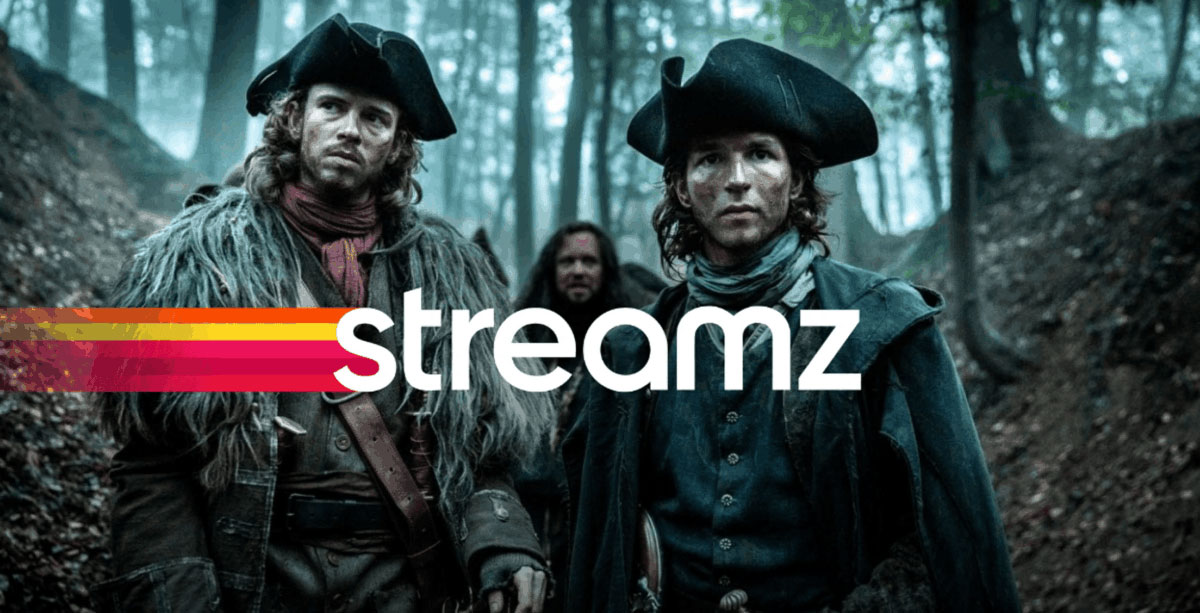How Belgium is catching up to the Europe’s mature media markets

Belgium is a country universally known for its chocolate and comic strips such as Tintin, and perhaps less well-known for being where the French fry originated from.
It also has three different regions all of which speak different languages: Flanders occupies the northern part of the country and its inhabitants speak Dutch; Wallonia makes up the south of the country where French is the predominant language, although some parts speak German; and Brussels itself is the last whose population also mainly speaks French.
Despite three distinct regions, the Belgian media landscape is only split in two, North and South.
How do these two landscapes vary and why should advertisers consider Belgium for their media investment strategies?
North and South Belgium: together geographically, separate consumption habits
The division of the Belgian media environment becomes more evident when comparing the Total Video consumption of the two regions. South Belgium sees consumers view Total Video content for 4h18 minutes per day whilst North Belgium has a daily average of only 3h32 . Similarly, North Belgium has the highest daily TV screen penetration in Europe, recording 78.1% whilst South Belgium lays in 5th with a penetration of 72.7% . These impressive viewing figures are likely due to the variety of channels available and the premium content broadcast on them. Public channels exist in Belgium, such as Canvas in the North and la Une in the South, but private channels dominate the airwaves. DPG Media commercialises the VTM channels, as well as nickelodeon, MTV and many more, in North Belgium. Their main competitor is SBS who has recently rebranded three of their channels to Play 4, 5 and 6. In the South, IP Belgium has control of most of the private channels, including RTL TVI, Club RTL and Plug RTL, however, some French channels like TF1, TMC, France 2 and France 3 are also available throughout the region.
Both local and international content thrives in Belgium
This great variety of channels also plays host to premium formats, both local and international, which brands often like to associate themselves with. In the South, the Belgian, Loïc van Impe, attracted large audiences for his show Loïc fou de cuisine (Loïc, mad about cooking) with a market share of 21.7% amongst the 18-54 target group . Meanwhile, RTL TVI’s adaptation of the international hit format, Married at First Sight, had an audience share of 39.3% . In the North where Dutch is spoken, there is an even greater emphasis on local content, which explains the quantity of original Flemish series that attain high viewing figures. De Luizenmoeder and Studio Tarara have market shares of 36.9% and 31.1% respectively.

Recent VOD initiatives catapult Belgium into an on-demand market
Brands aren’t merely restricted to linear TV investments as Belgium is rapidly catching up to the more mature VOD markets with its own household penetration; 37 in every 100 households now own an OTT Subscription VOD (SVOD) service . The two most popular SVOD services in Belgium, Netflix (52%) and Amazon Prime (15%) , are perhaps unsurprising. However, the third most popular is the joint venture between DPG Media and SBS, Streamz. Subscribers can now, with the launch of this platform, watch all the best Flemish content from both the largest Flemish broadcasters. The main BVOD players in the country are the platforms of the broadcasting groups named above, DPG Media, IP Belgium and SBS; these include VTM Go, RTL Play and Go Play.

Belgium’s VOD market has massively grown in the past few years, placing it in the category of “Rapid catch-up SVOD markets”
Belgium’s ad formats are a lesson in creativity
There is an abundance of Belgian brands who choose to advertise within their own borders, like Stella Artois, Leonidas and le Pain Quotidien. However, Belgium’s appeal to both local and international brands is its creative ad formats and Addressable TV capabilities. Unlike most other European countries who have opted for the HbbTV solution, Belgium’s ATV offering is powered by Ad Switching. This allows households watching the same show to view different ads, but only in ad breaks and after the 1st slot of the commercial break. Where the two landscapes differ once again is regarding creative ads. North Belgium has product placement, split-screen capabilities and overlaying to name a few whilst South Belgium has sponsoring, product placement and sweepstakes.
Although the two landscapes differ greatly in the detail, they both provide advertisers opportunities to reach new audiences. Belgians spend 45% of their days consuming media; understanding local specificities is crucial to targeting this vast media consumption.
Marion Bardagi, Marketing Portfolio and Content Executive at RTL AdConnect
Sources
[1] TVKF 2020, CIM TV South, including guests (since 2013)
[2] CIM TV North, Monday-Sunday, Individuals 4+ & 15+ including guests;
[3] Eurodata TV. TV Key Facts 2021. Eurodata TV worldwide, excluding Hungary and Croatia
[4] Eurodata TV, CIM / GfK Audimetrie, January-September 2020 Market Share in %/Rating in 000
[5] Eurodata TV, CIM / GfK Audimetrie, January-September 2020 Market Share in %/Rating in 000
[6] European Audiovisual Observatory, Ampere Analysis
[7] European Audiovisual Observatory, Ampere Analysis